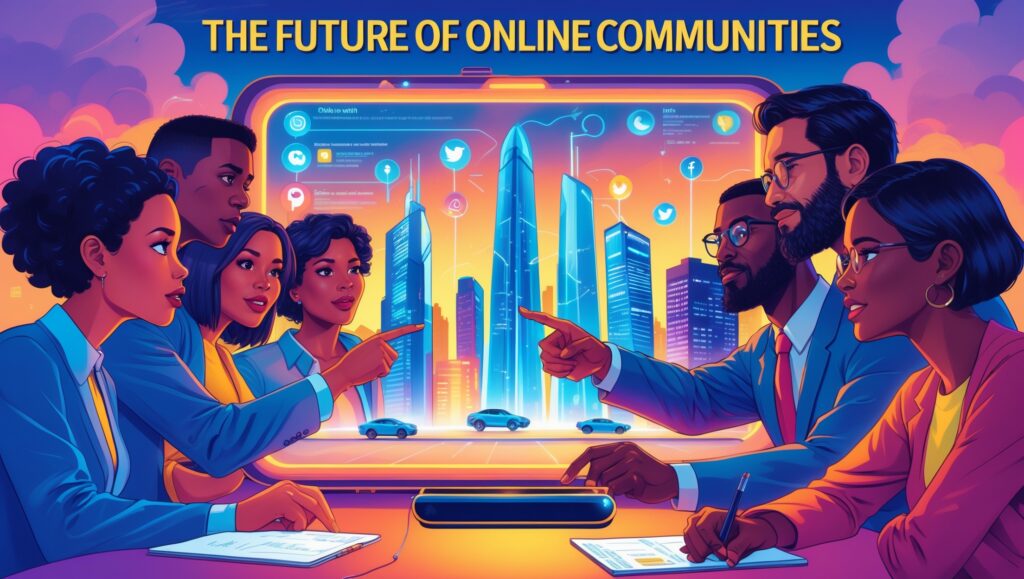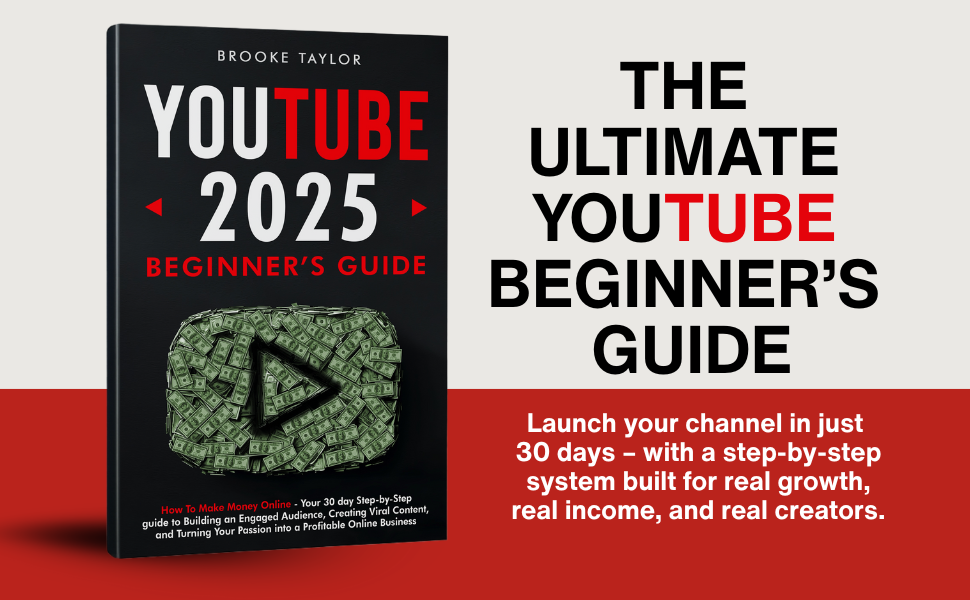The Future of Online Communities: Trends Every Creator Should Watch
Why I’m Obsessed With Community
When I first started creating content online, I thought the end goal was followers. But over time I realized followers come and go—what really builds impact and income is community.
Community is where strangers become loyal supporters. It’s where creators stop chasing algorithms and start building predictable businesses.
But here’s the catch: online communities are evolving fast. What worked two years ago may not work today. That’s why I’ve been paying attention to the trends shaping the future of communities—and I want to share them with you here.
If you want to future-proof your business by starting your own community, I recommend Skool. It’s the simplest all-in-one platform for courses, coaching, and community.

Table of Contents
Trend #1: From Social Media to Owned Platforms
Creators are realizing the risk of building communities on Facebook Groups, Discord, or LinkedIn. Algorithms control visibility, ads distract members, and you don’t really “own” your group.
The future is owned platforms—places where creators control the member experience, pricing, and communication.
- No more relying on notifications buried in a feed.
- No more losing members to competing groups or ads.
- Total control over how you deliver value.
This is why platforms like Skool are growing—because they give creators their own space without the noise.
Trend #2: Communities + Courses + Coaching in One Place
In the past, creators ran a course on Teachable, hosted a group on Facebook, and managed coaching on Zoom. Members had to juggle 3–5 platforms just to keep up.
The future is all-in-one platforms where everything lives together:
- A community feed for interaction
- A classroom for lessons
- A calendar for events
- Payments for subscriptions
When I switched to this model, engagement skyrocketed—because members weren’t lost in different apps.
That’s exactly what Skool does. Start here.
Trend #3: Gamification as the New Engagement Engine
People want more than content—they want progress. That’s why the future of communities leans heavily on gamification.
- Points for contributions
- Levels that unlock new content
- Leaderboards that reward the most engaged members
Gamification isn’t about playing games—it’s about giving members a sense of achievement. I’ve seen firsthand how this doubles retention compared to groups with no rewards.
Trend #4: Niche > Size
The days of massive, generic groups are fading. The communities of the future are smaller, niche, and hyper-targeted.
Why? Because people crave relevance. A group with 300 members tightly focused on “vegan fitness for busy parents” will often outperform a group with 3,000 members talking about “health in general.”
Creators who embrace niche positioning will see higher engagement and stronger word-of-mouth growth.
Trend #5: Community-Led Learning
In the past, creators were the only voice. Today, the best communities let members teach each other.
- Peer-to-peer Q&A
- Member-hosted workshops
- Resource sharing and collaborations
This doesn’t replace the creator—it amplifies them. Instead of being the only teacher, you become the facilitator of transformation.
Trend #6: Hybrid Pricing Models
The old model was simple: free groups or one-time course fees. The future is hybrid models:
- Free community tier to attract members
- Paid tier for exclusive content and events
- Premium tier for high-touch coaching
This structure gives people an easy entry point while still maximizing Member LTV (lifetime value).
Platforms like Skool make this easy by letting you run both free and paid groups under the same system.
Trend #7: Live Experiences Drive Loyalty
Static content is fading. The communities of the future are built on live interaction:
- Weekly Q&A calls
- Hot-seat coaching sessions
- Live challenges
- Real-time workshops
Members stick around not just for content but for connection. The calendar feature in Skool makes hosting live sessions seamless.
Trend #8: AI-Powered Community Management
AI isn’t replacing communities—but it’s reshaping how they’re run. I already use AI tools to:
- Generate prompts for discussions
- Summarize member feedback
- Automate onboarding messages
In the future, expect AI to handle moderation, engagement nudges, and even personalized learning paths inside communities.
Trend #9: Communities as the New Product
For creators, communities used to be a side thing. The product was the course, coaching, or book.
But the future is different: the community itself IS the product.
People don’t just pay for information anymore—they pay for access, accountability, and belonging. That means your community can be the centerpiece of your business, not just an add-on.
Step-by-Step: How I’d Build a Future-Proof Community Today
- Choose a niche – Pick a specific transformation, not a broad topic.
- Pick the right platform – I’d start with Skool for simplicity.
- Seed 10–20 members – Friends, colleagues, or your small audience.
- Launch with a resource + event – Give value right away.
- Layer in gamification – Use points, levels, and recognition to boost engagement.
- Add hybrid pricing – Free tier for reach, paid tier for depth.
- Host weekly live sessions – Keep the energy alive.
- Leverage AI for efficiency – Automate tasks, but keep the human touch.
- Collect feedback constantly – Communities that adapt survive.
FAQs About the Future of Communities
Q: Are free Facebook groups dead?
Not dead, but fading. Most serious creators are moving to owned platforms.
Q: Do I need a huge following to start?
No. In fact, niche communities with 50–100 active members can outperform groups with thousands.
Q: Will AI replace human-led communities?
Never. AI will support, but the human connection is what makes communities thrive.
Q: Should I start free or paid?
Start free to build momentum, then layer in paid tiers once you hit critical mass.
Conclusion: The Future Belongs to Community Creators
Algorithms change. Social platforms rise and fall. But communities are timeless.
The future isn’t about chasing followers—it’s about creating spaces where people belong, grow, and win together.
If you’re a creator, this is your moment. Build now, adapt to these trends, and your community can become the foundation of your entire business.
The easiest way to start? Skool. It has everything you need to create a future-proof community today.






